
Have you ever walked into a home and felt like something was just off? Like the space was cluttered or cold or the layout was awkward? Chances are the decor lacked balance. Creating a balanced space is key to making a house feel like a home. As an amateur home decorator, finding the right balance in your space can be challenging. But with a few home decor ideas and tricks, you’ll be well on your way to crafting a harmonious home.
In this article, we’ll explore the 10 types of balance to keep in mind for a cozy, stylish place you’re proud to call home. Get ready to think about scale and proportion, color, texture, symmetry, focal points, function, furniture arrangement, personalization, open space, and lighting. By the end, your home will be a balanced, beautiful retreat.
1- Achieving Balance in Scale and Proportion for Stylish Home Decor

Achieving balance in scale and proportion is key to a stylish home. When pieces seem off in size or quantity, a room can feel cramped, cluttered or bare. Here are some home decor ideas for a balanced space.
- Focus on furnishings that suit the room’s dimensions. An oversized sectional in a small space will make the room feel unbalanced, while a single accent chair in a large area seems lost. Choose pieces that fit the room’s purpose and available floor space.
- Groupings of accessories should be evenly distributed. Don’t cluster everything on one table or wall, leaving the rest of the room sparse. Spread items out for visual cohesion. The same goes for art – hang pieces at the same height and with equal space between them.
- For open floor plans, use area rugs, furniture placement and lighting to define separate spaces. A rug that’s too small for a space won’t adequately differentiate the area, while one that’s oversized will make the room feel chopped up. Find the size that’s just right for your needs.
Keeping scale and proportion in mind when designing your rooms will lead to a balanced, curated look. Make sure each area has the furnishings and accessories it needs – not too much or too little. With some mindful editing, you’ll achieve a stylish, cohesive home.
2- Using Color to Create Balanced and Harmonious Home Decor
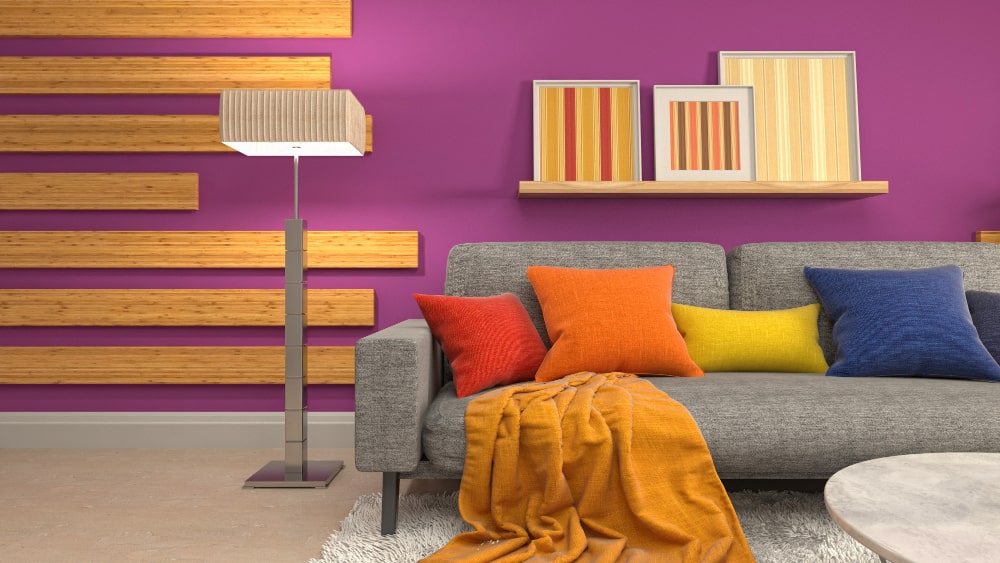
Right colours are the base of all successful home decor ideas. When it comes to color, finding the right balance is key to a harmonious home. Go for a balanced color scheme in each room, using complementary colors in small doses.
a- Complementary colors

complementary colors are opposite each other on the color wheel, like red and green or blue and orange. They create high contrast and visual interest when used together. However, too much contrast can be jarring. Instead of painting entire walls in complementary colors, use them in accents like throw pillows, rugs or artwork. This way, you get the pop without the visual chaos.
b- Analogous Colour Scheme
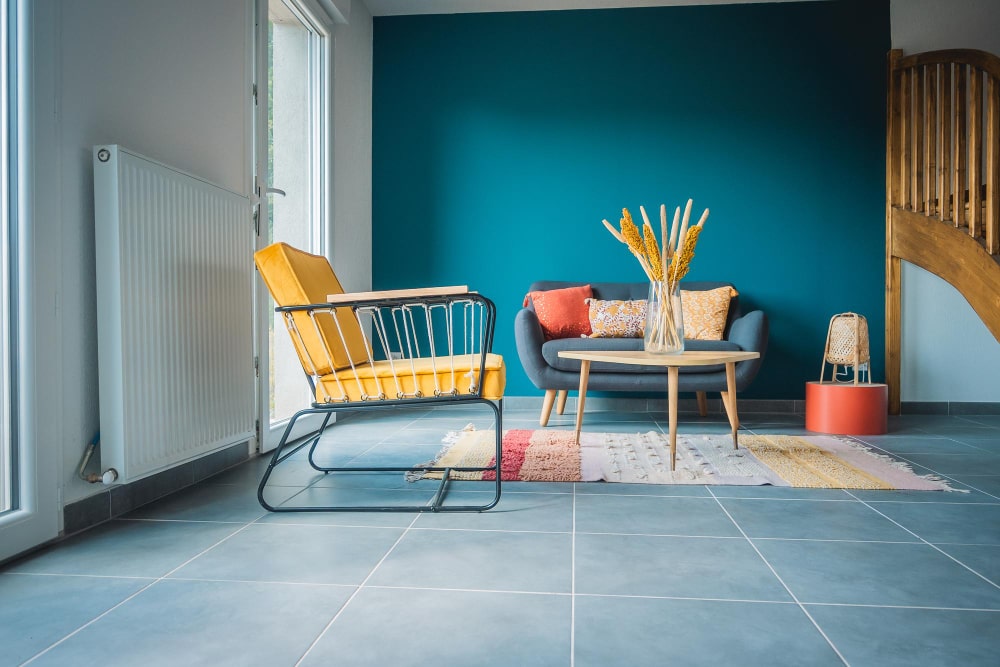
Another option is an analogous color scheme, using colors adjacent on the color wheel like blue, blue-green and green. Analogous colors are soothing and harmonious since they share undertones. Just be sure to vary the shades, tints and tones for dimension.
Whatever color scheme you choose, aim for a 60-30-10 ratio: 60% of your room in a dominant color, 30% in a secondary color and just 10% for accents. This creates a balanced look that’s not too busy. And of course, don’t forget about neutrals like white, gray and brown to give the eye a place to rest. They help ground bolder colors and bring cohesion to your space.
With a balanced use of color, your home will feel curated and cohesive. And the end result of these smart home decor ideas? A space you’re proud to call home.
3- Textures and Patterns: Adding Visual Balance to Your Home Decor Ideas
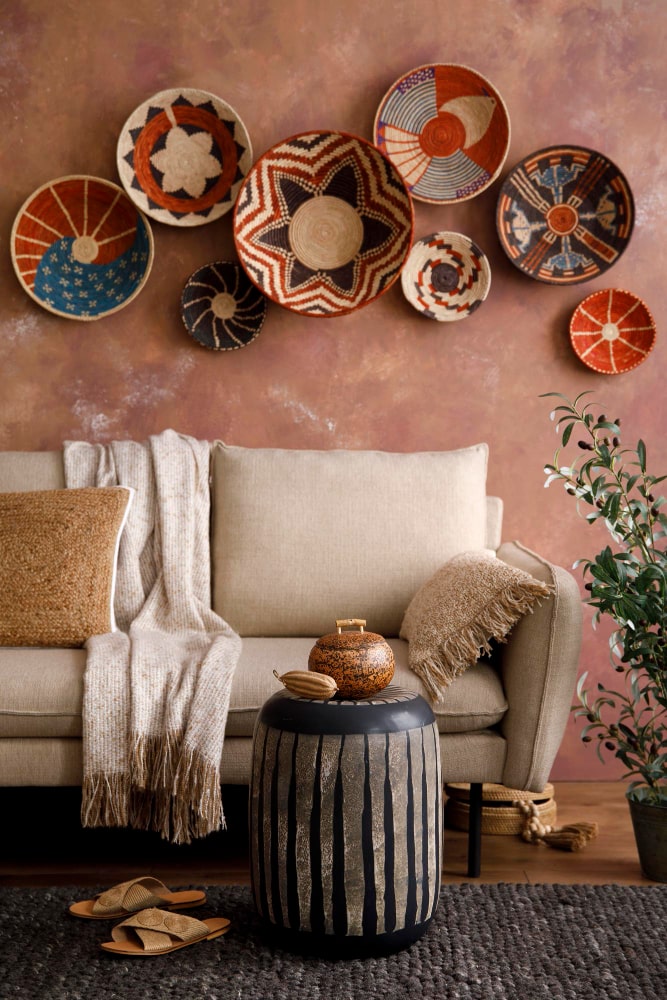
Textures and patterns are key to creating visual balance in your home. Mixing coarser textures like linen, burlap or rattan with smoother textures such as silk or velvet adds contrast and depth.
a- Adding texture with natural materials
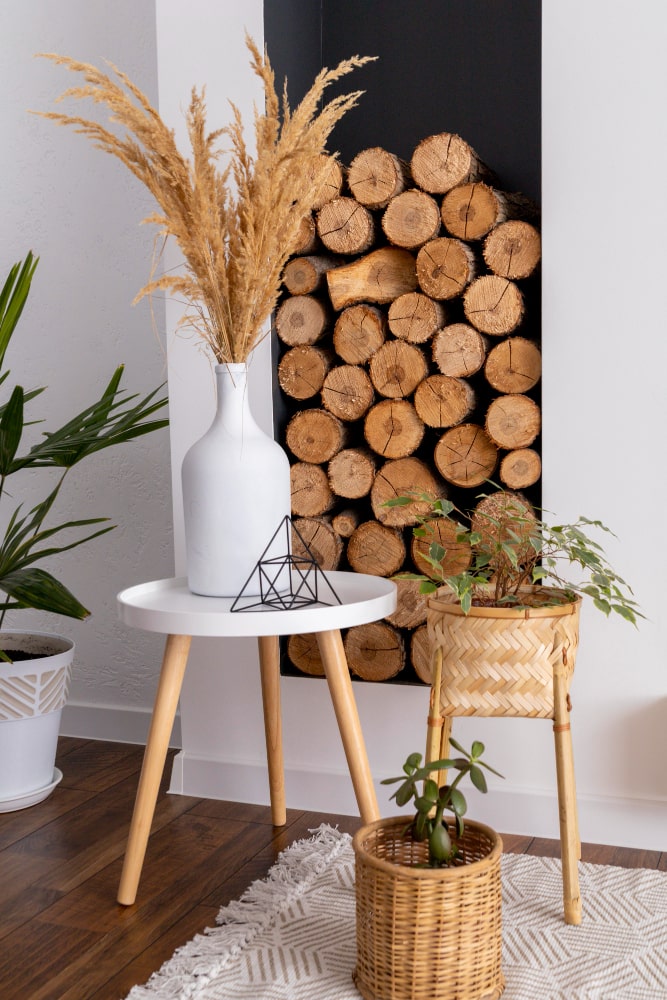
Natural materials like wood, stone and leather bring warmth and texture. Distressed or weathered woods, travertine tiles, and nubby linens have uneven, tactile surfaces that engage the senses. Using a combination of matte and glossy finishes on natural materials creates balance.
b- Repeating patterns for cohesion
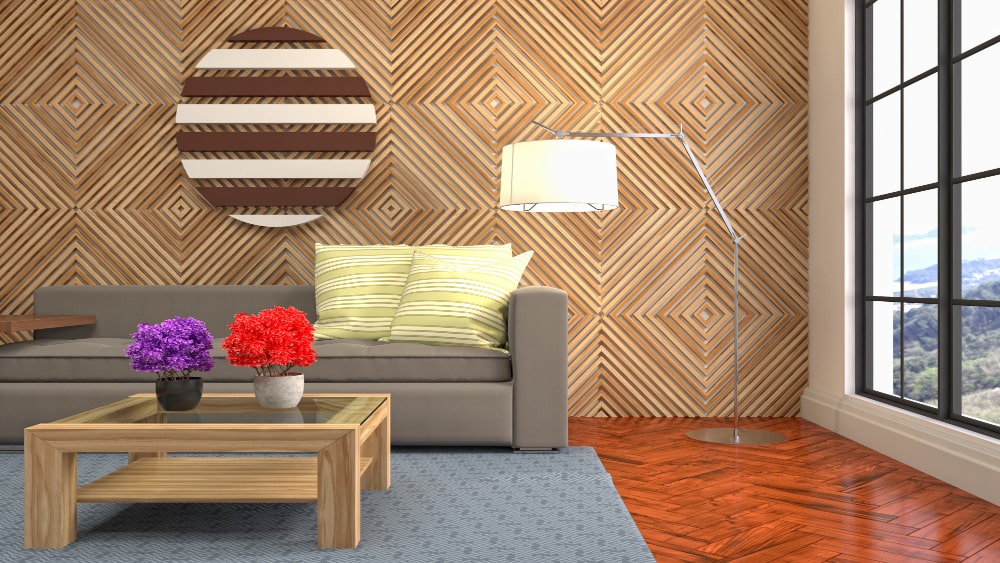
Repeating patterns, textures or colors in small doses around a space helps tie everything together. Use patterned pillows, rugs, blankets or wall art. Stick to a cohesive color palette for harmony. Too many competing patterns and the space may feel chaotic and unbalanced.
c- Creating contrast
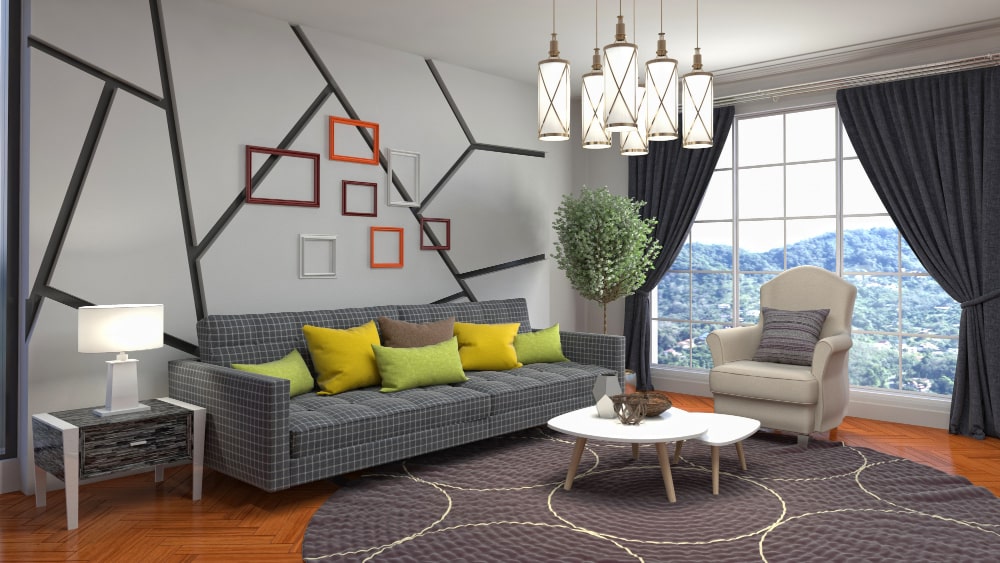
Pairing opposites like rough with smooth, soft with hard, or casual with formal creates contrast. A linen sofa with velvet pillows. A rustic wood table with sleek metal chairs. Contrast adds visual interest and depth, while complementary textures prevent a space from feeling flat or monotonous.
Finding the right balance of textures and patterns in your home decor ideas helps create a cohesive, inviting space. Mixing natural and man-made materials, repeating elements around the room and adding contrast keeps things interesting. Most of all, choose textures and patterns you connect with for a balanced space you’ll enjoy for years to come.
4- Symmetry vs. Asymmetry – Finding the Right Balance in Home Decor
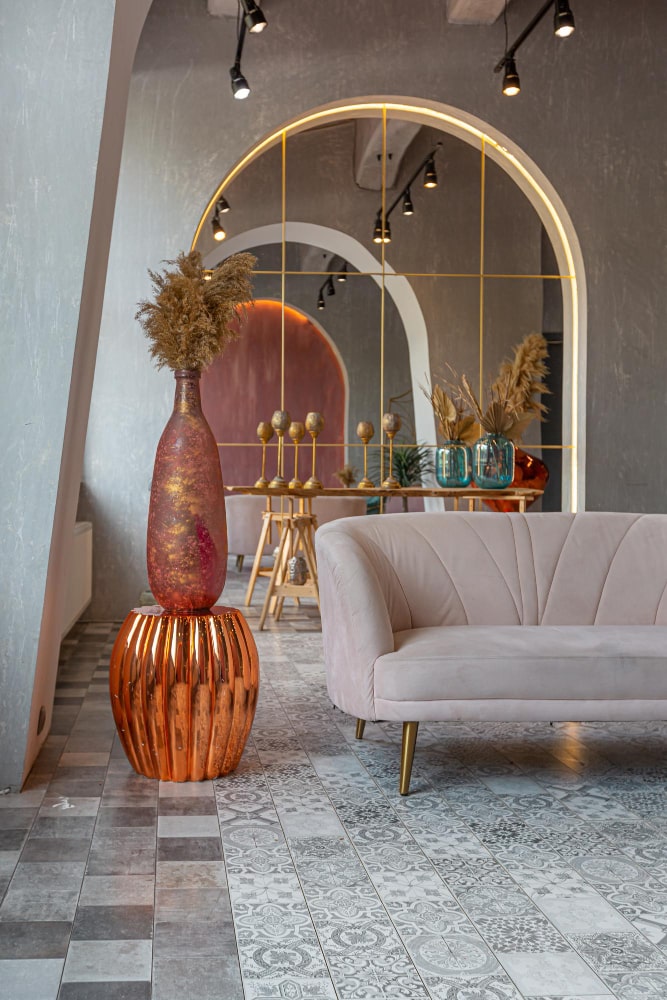
Creating harmony in your home’s design comes down to finding the right balance in many areas. One of the biggest debates about home decor ideas is whether to use symmetry or asymmetry. Each has its pros and cons, so consider your personal style and the space you’re designing.
- Symmetry provides a formal, orderly feel that’s pleasing to the eye. It involves arranging furnishings, art, lighting, etc. in mirrored positions on either side of the room. This lends a sense of calm and control which some find comforting. However, too much symmetry can seem uninteresting or stale.
- Asymmetry, on the other hand, creates visual interest through uneven or irregular balance. Using furnishings, accessories, art, etc. of different shapes, sizes, heights or in random placements results in a relaxed, eclectic vibe. The casual, unstudied feel of asymmetry suits informal spaces well. Yet in excess, asymmetry may seem chaotic or haphazard.
- For most home decor ideas, a combination of symmetry and asymmetry works nicely. You might have a symmetrical seating area balanced by an asymmetrical gallery wall. Or an asymmetrical coffee table arrangement balanced by symmetrical end tables and floor lamps. Mixing symmetrical and asymmetrical elements in the same room helps create harmony and flow.
In the end, finding the right balance of symmetry and asymmetry comes down to your personal style and tastes. Don’t be afraid to experiment – you can always rearrange things until you achieve the perfect cohesive yet interesting look. The key is not to go overboard in either direction. With balance, your room will feel welcoming, peaceful and uniquely you.
5- Easy Home Decor Ideas to Create Focal Points and Visual Balance
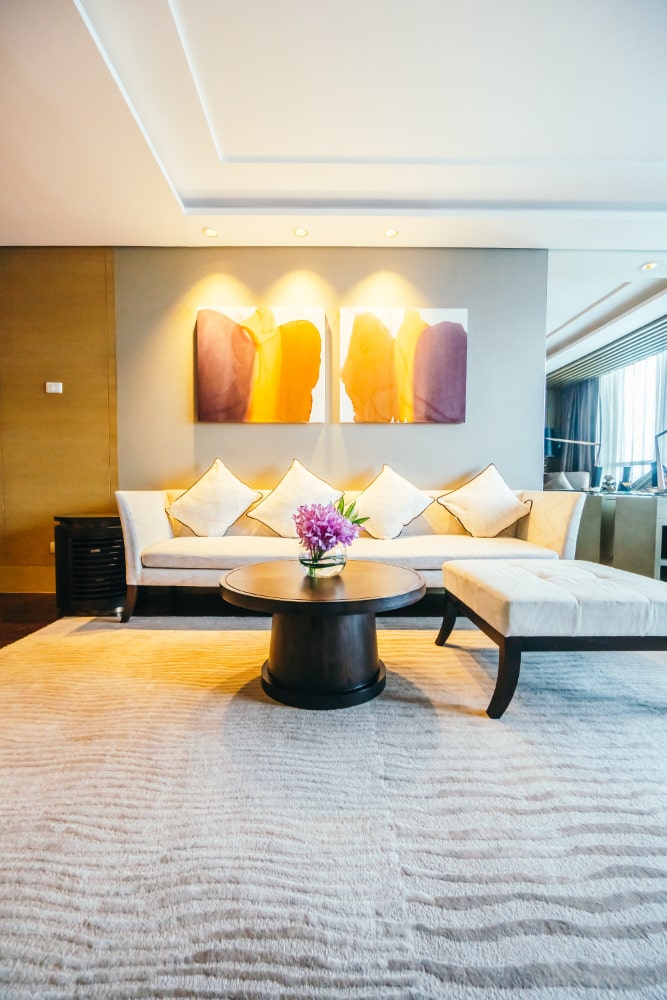
Creating focal points in your home decor helps provide visual balance and interest. Here are some easy home decor ideas to try:
a- Mirrors
Strategically placing mirrors in your space creates the illusion of more openness and light. Mirrors also act as a focal point, drawing the eye to their reflection. For small rooms, a large mirror makes the space appear more open and airy.
b- Artwork
A bold piece of art, like a large painting or print, creates an natural focal point. Group several pieces of art together on a wall for a gallery effect. For visual balance, place art at the same level on opposite sides of a room.
c- Accent Lighting
Accent or spot lighting placed on artwork, houseplants or other decorative items creates a dramatic focal point, especially in dimly lit rooms. Use it to highlight a particular area or object you want to feature.
d- Greenery
Lush, potted houseplants grouped together make a wonderful natural focal point. Their sculptural shapes and textures become living works of art. Place a few dramatic plants in a corner or along a blank wall to bring life and color to the space.
e- Seating Area
Create a cozy sitting area with a sofa, loveseat and chairs arranged around a focal point like a fireplace. Include a rug, coffee table, end tables and task lighting to make it a fully functional space. A seating area provides balance in a room devoted primarily to another function like dining or recreation.
6- Finding Function in Style- Multipurpose Furniture
click to rent multipurpose furniture.
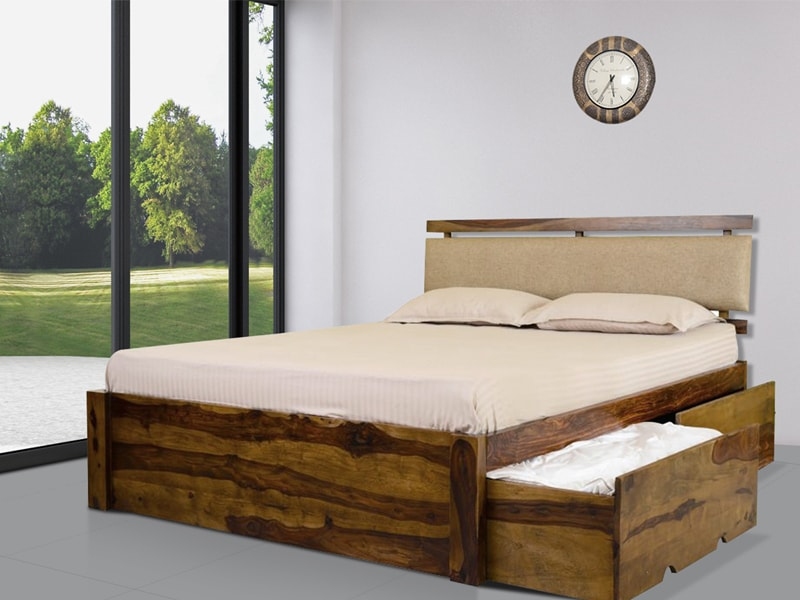
- Finding the right balance of function and style in your home decor means ensuring that what looks good also works well for your needs. Furniture and decor that serve a purpose will get used more often and provide value for years to come. At the same time, style is what makes your space feel cozy and reflect your personality.
- Aim for multi-purpose, flexible furniture like ottomans, nesting tables, and convertible sofas that can be used in different ways. For example, an ottoman can act as extra seating, a coffee table, or a footrest. Nesting tables save space but provide surface area when needed. A sofa bed or futon is ideal for guest rooms or small spaces.
- Look for furniture and decor in materials and colors you love that will also stand up well to use over time. If you have young kids or pets, durable and stain-resistant fabrics are a must. Hardwoods, leather, metal, and laminate surfaces tend to handle daily wear and tear the best.
- Combine function and style by choosing pieces that serve a purpose in an esthetically pleasing way. A stylish storage ottoman or cabinet, an artfully designed bookshelf, an architectural accent table – all add function without sacrificing your sense of style.
- The key is not to go to extremes in either direction. An all-function, no-style room lacks coziness and warmth, while an all-style, little-function room isn’t practical or livable for long. Find what works for your lifestyle and tastes, and achieve the perfect balance of fashion and function in your home.
7- Arranging Furniture for best Usage and Convenience
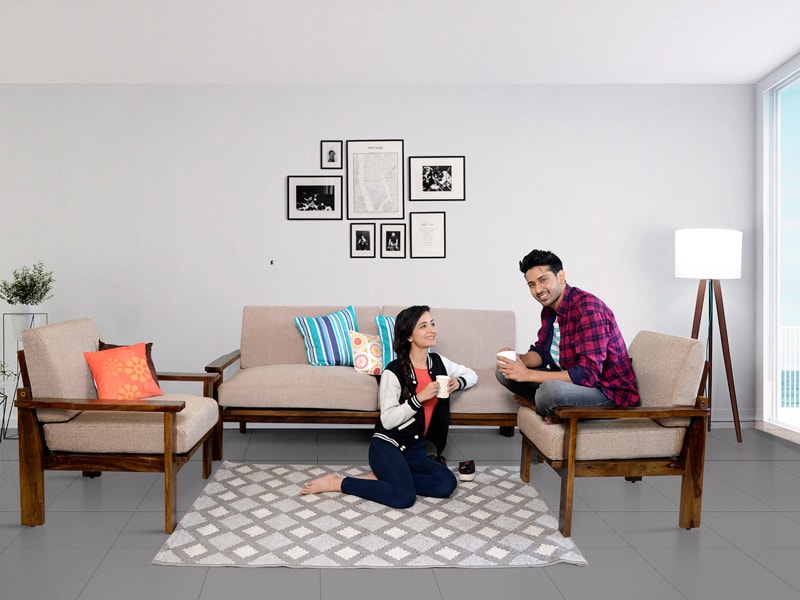
Arranging your furniture in a balanced way is key to creating a functional and inviting space.
a- Layout
Think about how you use each room and the flow between spaces. Cluster seating areas, media centers, and workspaces in a way that makes sense for how you live. Don’t be afraid to move things around – you can always put it back if needed! Leaving adequate walkways and making sure doors can open fully will make the room feel more open and easy to navigate.
b- Grouping Furniture
Grouping furniture in conversational arrangements, at an angle or in a semi-circle, invites people to engage with one another. For high-traffic areas like living rooms, balance open space and furnishings. Overcrowding a room makes it feel cramped, while too much empty space seems cold. Find the right mix for your needs and style.
c- Placing Furniture
Consider sightlines and make sure any TVs, fireplaces or focal points are easily viewed from seating areas. Think about how natural light comes into the space and arrange furnishings to take advantage of the brightest spots in the room. Maximizing natural light will make the whole space feel more open and airy.
With some experimenting in your home decor ideas, you can find an arrangement that is both visually appealing and highly functional. Start with the basics, then accessorize and personalize to create a balanced space you love coming home to.
8- Keeping a balance in Personal and Trendy
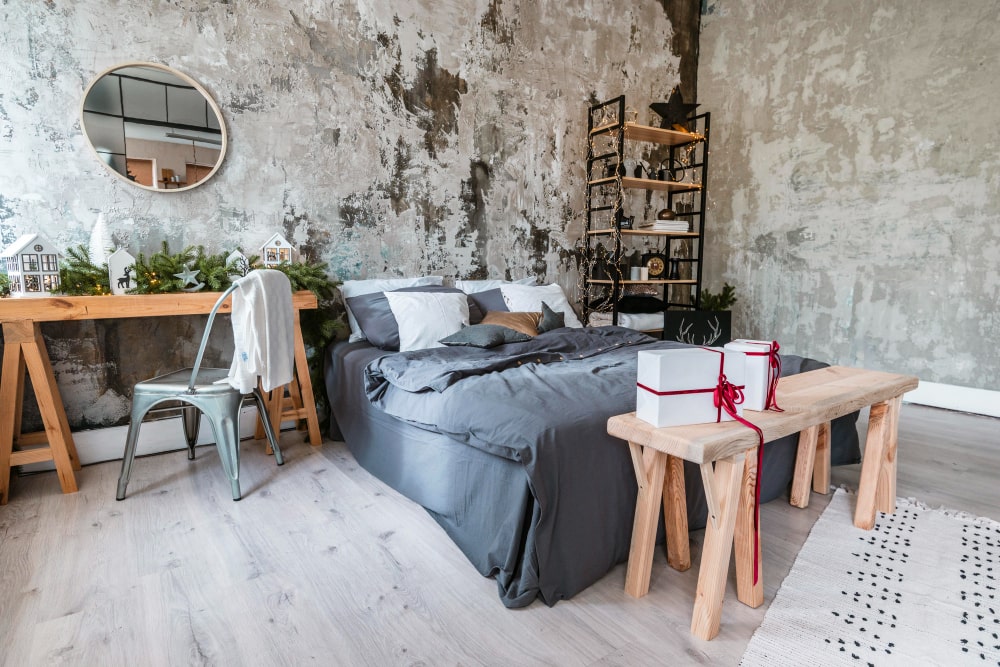
- While considering home decor ideas, it’s important to find the right balance between personal touches and current design trends. You want your space to reflect your unique style, but you also don’t want it to feel outdated. The key is incorporating trendy elements in moderation.
- Focus on statement pieces in trendy colors or patterns to create focal points in each room. For example, paint one accent wall in a bold color or add decorative pillows in the latest prints. These touches will make a big impact without overpowering the room.
- Group collections of personal items, photos or art together on one wall or surface in the space. This creates balance between your cherished belongings and more transient trendy pieces. Arrange the collection in an visually interesting way for the most stylish effect.
- Most importantly, choose trendy home accents and decor that you genuinely like and connect with. Don’t feel obligated to follow every new fad. Select a few current styles that match your personal tastes and the overall esthetic you want to achieve. When done right, balancing the personal and trendy will result in a space that feels stylish yet livable. Your home should be a reflection of you, not just what’s on the pages of home magazines.
9- Balancing the Open Space
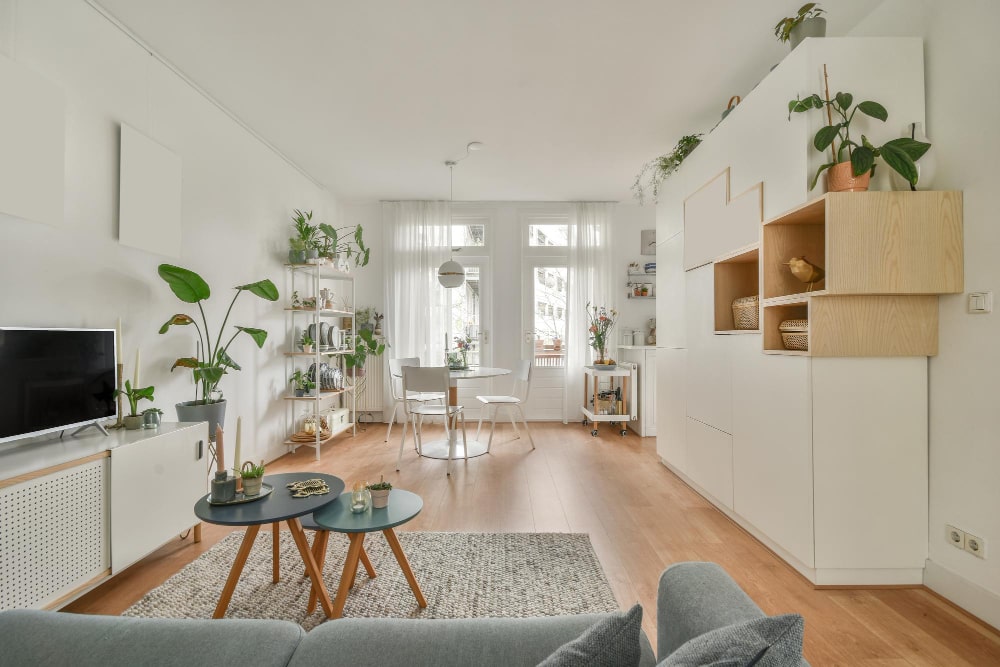
- Balancing the open space in your home is key to creating a harmonious design. Too much empty space can make a room seem bare and unfinished. On the other hand, a room that’s crowded with furniture and decor lacks breathing room and can feel cluttered.
- Find the open space sweet spot in each room. In living rooms and family rooms, leave enough open space for traffic flow and activities like watching TV, gaming or crafting. For bedrooms, make sure there’s enough empty floor area for dressing and moving around the bed. In entryways, leave ample open space for removing coats, bags, shoes and other items when you first walk in.
- Group furniture in a way that utilizes the open space without overcrowding it. Try arranging seating in a conversational cluster rather than pushing all furniture up against the walls. This creates open space in the center of the room that’s ideal for activities and natural movement. You can also use area rugs, lighting, and decorative accents to help define and anchor your open space.
- The key is finding the right amount of open space for your needs and decorating style. Make sure each room has enough breathing room but also feels cozy and inviting. Keep adjusting and rearranging until you find the perfect balance of furnishings and open space. Your home will feel more comfortable, functional and balanced as a result.
10- Balancing the Light to Create desired Atmosphere

The right lighting creates the perfect ambiance in your home. For most rooms, aim for layers of light with a mix of natural light from windows, overhead fixtures like pendent or recessed lights, table and floor lamps.
a- Natural light
Let the sun shine in during the day by opening curtains and blinds. Natural light lifts your mood and makes spaces feel more open and airy. However, too much sun can make a room feel stark. Use sheer curtains, blinds or drapes to diffuse the light and create a soft glow.
b- Overhead lighting
Overhead fixtures provide ambient light for tasks like cooking, reading or homework. For living rooms and bedrooms, use dimmable fixtures on a dimmer switch so you can adjust the level. Harsh overhead light can make a cozy space feel cold, so use it sparingly.
c- Accent lighting
Add floor and table lamps for warm, accent lighting. Place them strategically in corners or next to seating areas. Use accent lighting alone for a cozy feel in the evenings. Dimmer switches also work well for accent lights.
The key is balancing the different types of lighting for the right ambiance in each space. Play around with the placement and intensity of each light source until you find the perfect balance of natural and artificial light that suits your needs and personal style. These home decor ideas will brighten your home in more ways than one!
Take Away
In the end, finding the right balance in your home decor is a journey, not a destination. Start by choosing what aspects and home decor ideas are most important to you and your lifestyle. Then make small changes over time, evaluating how they make you and your space feel. Don’t be afraid to tweak the details or switch things up completely. Your home should reflect you – your tastes, experiences, and what brings you joy. So take your time, trust your instincts, and create a balanced space you love coming home to each day. You’ve got this! With an open and willing attitude, you’ll find your sweet spot in no time.

